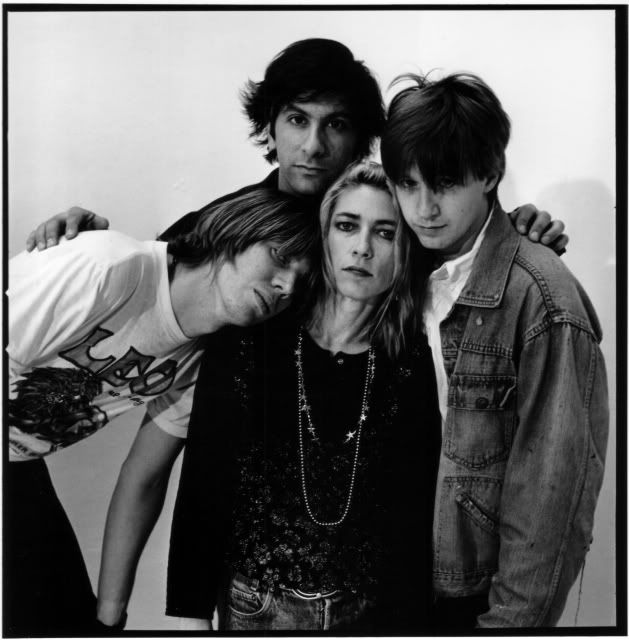
In 1994 a study was conducted to examine the relationship between rap and heavy metal music and factors of adolescent turmoil including grade point average, suspension/expulsion, sexual activity, parental custody, crime and drug and alcohol abuse. During the time of publication, both rap music and heavy metal music were considered strongly socially disapproved forms of music, due to controversial subject matter in the lyrics. The conductors and authors of this study were Kevin J. Took and David S. Weiss. The experiment was conducted by administering a questionnaire to 88 sets (both adolescent and adult) to answer questions regarding psychosocial functioning, family demographics, and musical preferences.
The participants included individuals aged 12-18 (the mean age being 14.6), 41 males (47%), 38 females (44%), and 8 (9%) unknown due to omission of answering the gender question on the questionnaire. All participants were or had been either outpatients at a military medical center , child psychiatric clinic, or adolescent substance abuse clinic, so the level of social turmoil may be more prevalent when studying this group of people. The groups of participants were separated into heavy metal and rap listeners and “other music” listeners. The participants statistics were combined and will be referred to as the HM/R group.
The dependent variable of this study was the relationship between social turmoil in adolescents and the listening habits and preferences of the participants. The factors included disturbed family history such as abusive or unhealthy marital relationships in parents, difficulties in elementary school, below average grades, having a history of crime or substance abuse. There are two main hypotheses for this study. One, being that heavy metal and rap listeners will be in more adolescent turmoil than will non heavy metal/rap listeners. The other hypothesis is that listening to heavy metal or rap music is just another sign of adolescent turmoil.
The independent variables of the study for the adolescents questionnaire included below average grades (46 % Hm/R, 24% other), suspension or expulsion from junior or high school (44% Hm/R, 23% other), illicit drug use (23% HM/R, 8% other), sexually active ( 40% HM/R, 18% other) and counseling for drug and alcohol (38% HM/R, 15% other). For the parent’s questionnaire, was smilier, only they were asked about their children, so that the results were reliable on the topics. When asked about themselves, there were no major differences between the groups of HM/R and other group’s parents.
The results show that there is an association with rap and heavy metal music with adolescent turmoil, however, the majority of HM/R listeners were male, and it is suspected that these destructive, sexual active, and substance behaviors are more common in adolescent males. Another conclusion suggests that heavy metal and rap music is found by those with problems in school and low performance, as evidenced by Erikson’s “industry vs. inferiority” stage during adolescence. This type of music may encourage and empower adolescents and give them an identity to establish a more healthy self esteem and an image of power and the acceptance of tolerant peers.
References
Kevin J. Took, David S. Weiss. (1994, Fall) “THE RELATIONSHIP BETWEEN HEAVY METAL AND RAP MUSIC AND ADOLESCENT TURMOIL: REAL OR ARTIFACT?”. Adolescence, 35 (115) 613 Retrieved Web. October 14th 2009 from
Ebscohost Academic Premiere Database



















